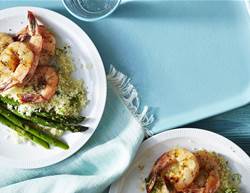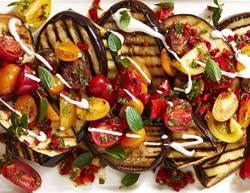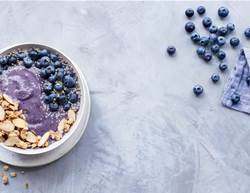You already know that eating protein helps your body build strong muscles and boosts satiety, but you may not love the idea of relying on animal products as your sole source of the nutrient. And we totally get why. Studies have found that eating less meat (especially red meat) can ward off heart disease, diabetes and even aid weight loss.
But let’s be real for a minute. When the goal is to eat less chicken, steak and fish, you may worry you won't fit enough protein into your diet. And then, of course, there’s the cooking aspect. When you’re not just baking chicken in the oven, preparing meals may require some extra brain power—at first, at least.
Thankfully, neither of these things is actually all that challenging. If you’re eating enough vegetables every day, a few grams of protein in each serving adds up pretty quickly, says dietitian Matt Ruscigno. Not to mention, there are some super easy ways to whip up protein-packed vegetable staples like kale, peas and potatoes.
Here you’ll find seven protein-rich veggies to add to your weekly shopping list. Plus, quick and easy ways to cook each one at the beginning of the week or even right before you want to sit down to eat.
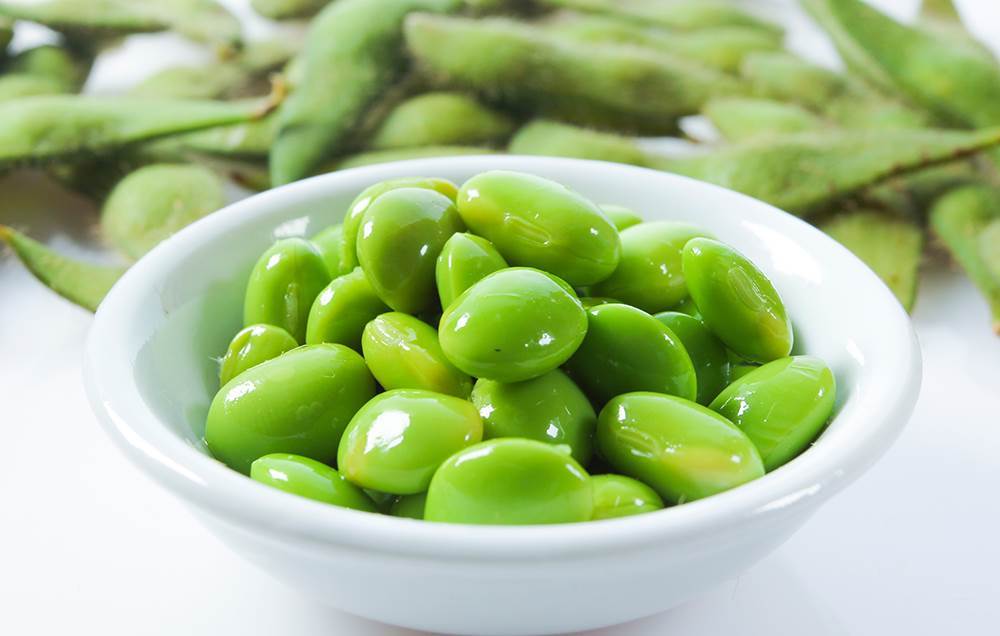


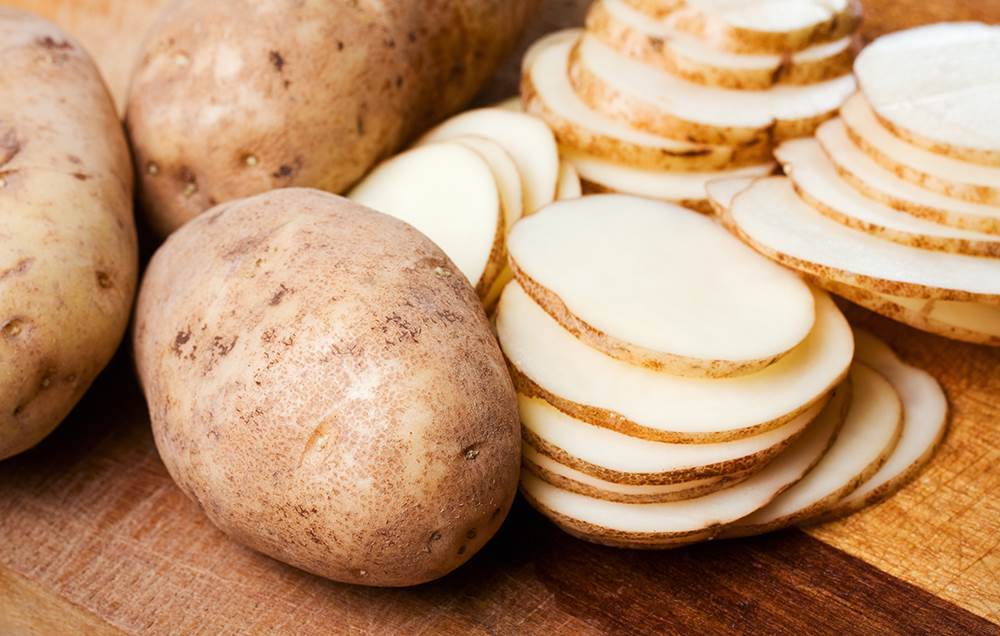
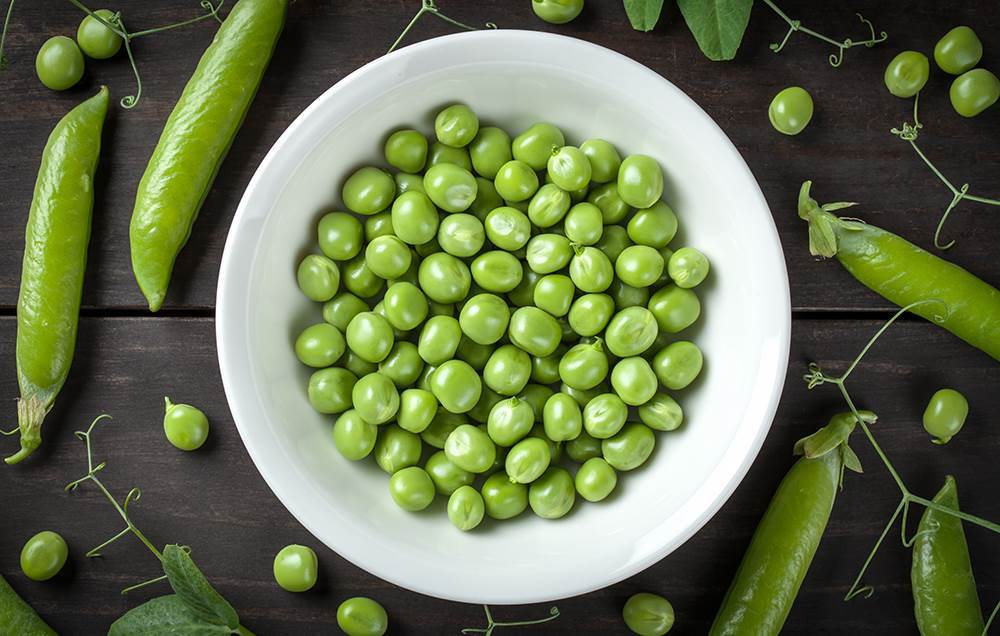
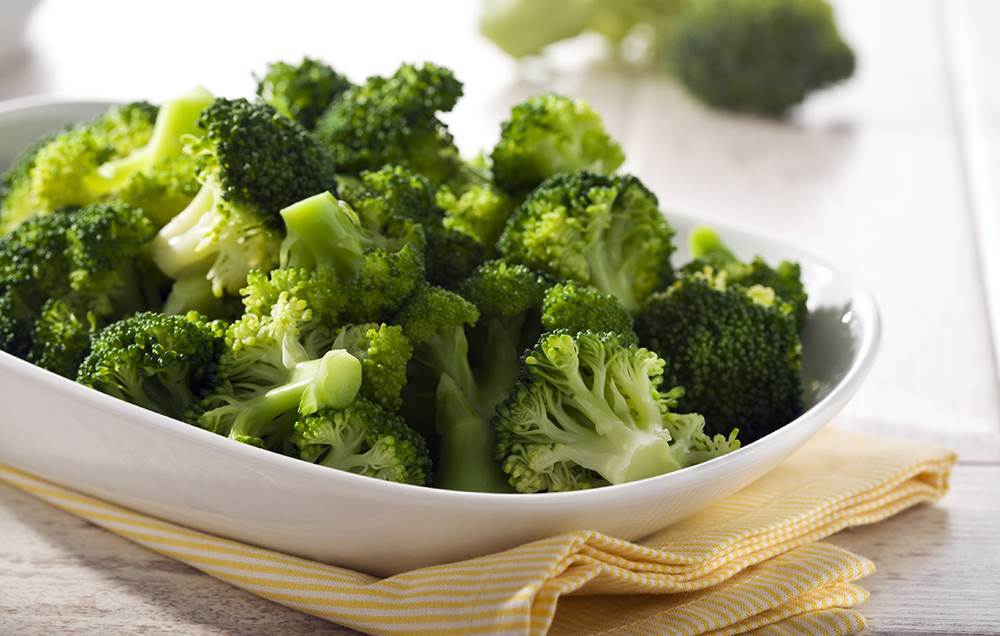
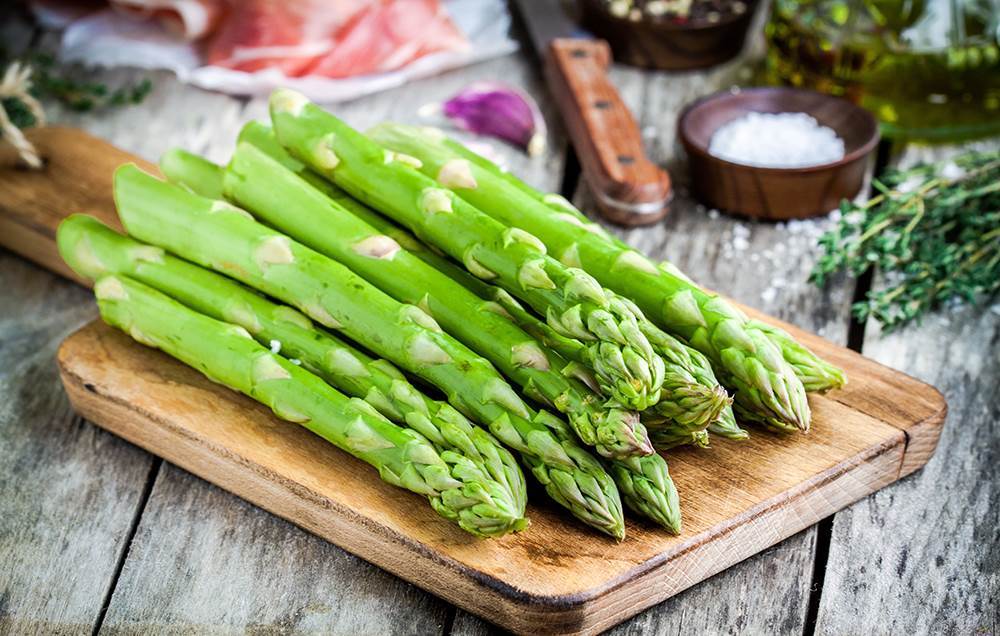
Edamame
Protein: 10 grams per ½ cup
Tofu may bask in a health halo for its plant-based protein, but another (and unprocessed) source of soy protein is often ignored outside of restaurants: edamame, or immature soybeans. “We completely forget about edamame, even though it’s something that’s really easy to include in the diet,” says dietitian Autumn Ehsaei. “You can buy frozen edamame in steamer bags, making it easy to cook in the microwave in minutes. Because it’s an amazing source of protein and it’s also high in fibre, it keeps you full.”
Meal prep tip: After they've cooled a bit, toss steamed edamame beans into a salad along with veggies like snap peas, kale and cucumber. Top with a lemon dressing (mix two parts lemon juice with one part oil and a few drops of honey). Alternatively, if you’re packing a veggie soup for lunch, stir in edamame to bulk up protein and fibre content.
Corn
Protein: 8 grams per ½ cup
Corn seems to have earned an unfair rap. “People tend to shy away from corn because of the starch, but it has a pretty decent protein content and adds a nice crunch and pop of flavour,” says Ehsaei. “Buy frozen over canned to keep excess salt at bay. If you can’t find frozen, opt for a low-sodium canned variety, and rinse it in a colander so you can eliminate some of the extra sodium it’s packed in.”
Meal prep tip: In a resealable container, create a taco bowl with ground turkey, corn, chopped tomato, protein-rich black beans, and either brown rice or cauliflower rice. Drizzle with lime juice or sprinkle with your favourite taco seasoning. Make enough so you can enjoy it throughout the week.
Kale
Protein: 6 grams per 2 cups
You may already know this leafy green is packed with antioxidants, but surprisingly, this powerhouse green is a decent source of protein, too. “I try to fit dark leafy greens like kale into at least two meals per day if I can, if not more, and all of those servings add up in terms of protein,” Ehsaei says. “Leafy greens, in general, come in a super low-kJ, high-powered package with many other nutritional benefits.” Kale is a good source of vitamins A, C, and K, fibre, and folate, an essential nutrient for brain function. So eat up!
Meal prep tip: Get an extra protein boost by incorporating kale into easy-to-pack egg frittata muffins. Mix kale and other finely chopped veggies—such as red bell peppers and onions—with eggs (2 cups kale and 8 large eggs make about 8 muffins). Pour the mixture into a muffin tin coated with non-stick spray and bake at 190° C for 25 to 30 minutes. Pair with some fresh fruit or some unsweetened oatmeal to round out your meal.
Russet potato
Protein: 5 grams each (medium)
Like corn, spuds get a bad rap because they’re considered a starchy vegetable. But even though they contain carbs, they’re also a decent source of protein and other important nutrients. “Yes, their calorie and carbohydrate content is more similar to a grain, but carbohydrates are also important in our diet because they’re a main source of energy and fuel,” Ehsaei explains. “Potatoes are great as long as your portions are appropriate. They’re an extremely good source of potassium, a great source of fibre, and give you that good little protein boost as well.” (By the way, sweet potatoes are also a source of protein, with 2 grams per potato.)
Meal prep tip: If you don’t have time to roast potatoes Sunday night, simply rinse and scrub each potato under the faucet, poke a few times with a fork, and then microwave for 5 minutes on each side. Pack for lunch with your favourite healthy toppings such as beans, chopped broccoli and shredded cheese on the side. At lunchtime, simply reheat the baked potato until warm and then fill it with the toppings.
Green peas
Protein: 4 grams per ½ cup
You probably pushed green peas around on your plate as a child, but as a versatile veggie that can add a satiating, nutritional boost to practically any dish, they should be a veggie that actually makes its way into your mouth as an adult. “Peas are very high in protein, and the frozen variety are cheap and last a long time,” says Ruscigno. “When I make rice or pasta, I'll throw half a cup in. It takes almost no effort, but gives these dishes a higher protein content.” Peas are also a good source of lutein, an antioxidant that protects your eyes from harmful blue light damage, and vitamin C, which is important for healthy skin and strong bones and teeth.
Meal prep tip: Stir cooked peas into cooked pasta or quinoa. Toss with minced garlic and olive oil. Sprinkle with basil leaves, oregano, parsley and Parmesan cheese. Eat warm as a pasta dish, or spoon the cooled mixture over spinach and top with a small portion of grilled chicken or other protein rich veggies from this list for a light mid-week lunch.
Broccoli
Protein: 3 grams per cup, chopped
Throughout life, we’re told to eat our broccoli, but rarely because it can provide protein—but it's time that changed. “Any of your cruciferous vegetables like broccoli, Brussels sprouts, and cauliflower are going to be a pretty good source of protein,” says Ehsaei. “You get the added benefit of many antioxidants, vitamins and minerals, and they’re really easy to batch-cook and meal prep.” Bonus: Some research also indicates that cruciferous vegetables may have compounds that combat cancer cells.
Meal prep tip: Roast broccoli along with any other leftover veggies you have, such as Brussels sprouts, potatoes or carrots. Toss with olive oil, salt, and pepper, and roast at 205° C for 45 minutes or until crispy. Serve the next day over a bed of greens with lentils, beans or edamame.
Asparagus
Protein: 3 grams per 7 spears
These green spears may be lean, but they can easily add a few grams of protein to your meal. “I think people forget about asparagus because of its short seasonality,” says Ehsaei. “They're an acquired taste for a lot of people, so you have to play around with it and see what works best for you in terms of prepping.” Still, it’s worth it—just 5 spears have the same amount of protein as a tablespoon of nuts, not to mention vitamins and minerals such as vitamins A, C, K, E, and B6 and folate, iron, and copper.
Meal prep tip: Sautée asparagus in a pan with some olive oil, then flavour with a splash of apple cider vinegar or Italian dressing. Chop and toss the asparagus with a salad or serve on top of lean protein like chicken breast. “It’s a way to add flavour to other foods without a lot of dressing,” says Ehsaei.






